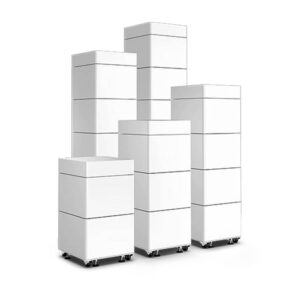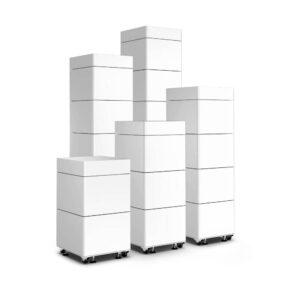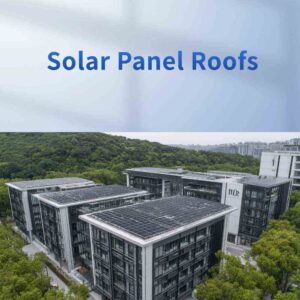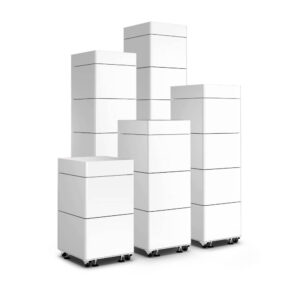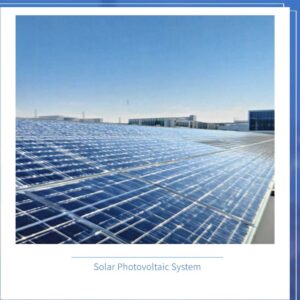You want glass that does more than just look nice. Solar glass is special because it makes energy and protects well. If you want to save energy at home or work, you will see a big difference in the ratings. Look at these numbers:
| Type of Glass | Energy Efficiency Rating |
|---|---|
| Paneles solares tradicionales | 20% or more |
| Transparent Solar Windows | 5-10% |
Solar glass gives you more because it makes energy. This helps you save money for a long time and keeps the glass strong.
Principales conclusiones
- Solar glass makes energy by creating power and keeping rooms cool or warm. This helps you pay less for energy over time.
- Solar glass is tougher and lasts longer than regular glass. It can handle bad weather and needs fewer repairs.
- Solar glass has special coatings that let in more sunlight. This makes it work better and you do not have to clean it as much.
- Solar glass blocks UV rays very well. It helps keep your home safe and stops furniture from losing color.
- Putting in solar glass can make buildings look nicer. It also gives new ways to save energy.
Solar Glass vs Traditional Glass
Principales diferencias
When you look at solar glass and traditional glass, you notice they work differently. Solar glass does more than just act as a barrier. It uses technology to help buildings save energy and stay comfortable.
- Solar glass uses special materials to make it better at saving energy.
- It helps keep rooms cool in summer and warm in winter.
- Special coatings stop most UV rays and cut down glare. This helps protect your eyes and furniture.
- Solar glass is made to be stronger and last longer.
- Traditional glass does not have these extra things. It lets in more heat and UV rays. This can make rooms hotter and fade your stuff.
Traditional glass is made by melting materials at very high heat, between 1400°C and 1600°C. This takes a lot of energy and makes more greenhouse gases. Solar glass uses the same main materials but gets special treatments. These treatments use lower heat, sometimes only 200-400°C. This saves energy and cuts down on pollution.
Tip: If you want glass that is good for the planet and saves you money, solar glass is a smart pick.
Quick Comparison
Here is a quick way to see how solar glass and traditional glass compare:
| Característica | Solar Glass | Traditional Glass |
|---|---|---|
| Energy Efficiency | High, makes and saves energy | Low, does not make energy |
| Heat Reflection | Reflects up to 80% of heat | Takes in heat, does not reflect much |
| UV Protection | Blocks up to 99% of UV rays | Only blocks some UV rays |
| Thermal Insulation | Keeps indoor temperature steady | Can make rooms too hot |
| Durabilidad | Made stronger with special coatings | Normal strength |
| Manufacturing Impact | Uses less energy, makes less pollution | Uses more energy, makes more pollution |
You can see solar glass gives more comfort, safety, and savings over time.
Solar Glass Features
Anti-Reflective Coating
Solar glass has a special anti-reflective coating. This coating helps the glass take in more sunlight. Regular glass can bounce back up to 15% of light. Solar glass with this coating only bounces back less than 4%. More light goes through, so your building gets more energy. The coating uses advanced materials. These let over 96% of light reach the solar cells. This makes the glass better at saving energy. You can save money on your electric bill.
| Característica | Standard Glass | Glass with Anti-Reflective Coating |
|---|---|---|
| Typical Reflectivity | Up to 15% | Less than 4% |
| Light Transmission | 85-90% | Over 96% |
| Energy Efficiency | Baseline | Increased |
Tip: Anti-reflective coatings help your solar glass work better. They turn more sunlight into power you can use.
Tempered Strength
Solar glass is made stronger by tempering. This means it is harder to break. It can handle bad weather and strong winds. Lab tests show tempered solar glass lasts longer than heat-strengthened glass. You do not have to worry about sudden breaks. Tests prove tempered glass can take more stress than regular glass.
- Tempered solar glass does not crack or chip easily.
- It protects better against wind, hail, and hits.
- Strong glass means you fix or replace it less.
Energy Output
Solar glass does more than just protect. It also makes energy. A solar panel with 60 photovoltaic cells can make 270 to 300 watts per square meter. Panels with 72 cells can make 350 to 400 watts per square meter. If you use solar glass with 20% efficiency, you get about 200 kWh per year from each square meter. This depends on how much sun you get.
| Panel Type | Power Output (Watts) | Area (m²) | Energy Output (W/m²) |
|---|---|---|---|
| 60 PV Cell | 270 – 300 | 1 | 270 – 300 |
| 72 PV Cell | 350 – 400 | 1 | 350 – 400 |
Solar glass helps you pay less for energy. It is also better for the planet.
Traditional Glass Features
Standard Properties
Traditional glass is used in lots of buildings. It is clear and strong. Most glass has silica, soda, lime, magnesia, and other minerals. These minerals make glass shiny and tough.
- Glass feels smooth. You can see through it.
- Glass weighs about 158 pounds per cubic foot. This is lighter than aluminum.
- Glass does not stretch much. It breaks if pulled too hard.
- Glass is strong when squeezed. It is weak when pulled.
- There are different kinds of flat glass. Some are annealed, heat-strengthened, or tempered. Each kind has its own thickness and strength.
- Glass does not let heat move fast. It helps keep rooms warm or cool.
Here is a table with some important properties:
| Property | Value Range |
|---|---|
| Refractive Index | 1.4 to 2.4 |
| Abbe Number | 15 to 100 |
| Transparency | Lets visible light pass; blocks infrared above 4 μm |
| Special Glass Types | Some types let infrared pass up to 18 μm |
Note: Chemically strengthened glass is very strong. It can handle up to 50 ksi. Regular glass breaks if bent or stretched.
Common Uses
You see traditional glass in homes and offices. Flat glass is used for windows, doors, and walls. Double-pane windows help keep your house quiet and comfy.
- Plexiglass is used for skylights, signs, and panels. It does not shatter easily.
- Spandrel glass adds color and style. It hides building parts and looks nice.
- Laminated glass keeps you safe from break-ins. It also cuts glare and protects furniture.
- Security glass stops bullets and blasts. It blocks noise and fire too.
- Insulated glass fits many building styles. It can handle high pressure and stress.
| Type of Glass | Common Applications |
|---|---|
| Flat Glass | Doors, walls, windows, double-pane windows |
| Plexiglass | Skylights, panels, signs, displays |
| Spandrel Glass | Decorative accents, hiding structures, color choices |
| Laminated Glass | Safety, security, windows, curtain walls, storefronts, glare reduction |
| Security Glass | Bullet resistance, blast protection, sound blocking, fire-rating |
| Insulated Glass | Building styles, high pressure, stress resistance |
Tip: Pick the right glass by thinking about strength, safety, and style.
Performance Comparison
Durabilidad
You want glass that lasts a long time. Solar glass is better at handling bad weather and strong hits. Tempered solar glass does not break easily. It can stand up to wind, hail, and hard knocks. Traditional glass can break if something hits it hard. Polycarbonate is strong but can turn yellow in the sun. You can see the differences in this table:
| Material Type | Weathering Resistance | Impact Resistance |
|---|---|---|
| Polycarbonate | Moderate (yellowing under UV) | High (excellent impact) |
| Traditional Glass | High (generally stable) | Moderate (can shatter) |
Solar glass has special coatings and is tempered. These things help it last longer and protect your building. You will not need to fix or replace it as much.
Eficacia
You want to save energy at home or work. Solar glass helps by keeping heat out in summer and in during winter. This means you use less air conditioning and heating. Solar glass also makes electricity from sunlight. You get both power and comfort.
Traditional glass does not stop heat as well. It lets more heat move in and out. Your energy bills can go up because your systems work harder. Solar glass can help lower your cooling costs and save you money.
Tip: Solar glass helps you use less energy and pay less for power.
Safety
Safety is important for every building. Solar glass often has tempered or laminated layers. These layers make the glass stronger and safer. If tempered glass breaks, it turns into small pieces that do not cut you. Laminated glass has a clear film inside. When it breaks, it stays together and blocks almost all harmful UV rays.
Traditional glass breaks into sharp pieces. These can hurt you. It does not have extra safety features. You can see the differences in this table:
| Type of Glass | Safety Features |
|---|---|
| Tempered Glass | Heat strengthened, shatters into small squares, collapses upon breaking |
| Laminated Glass | Clear film inner layer, breaks into spiral, stays in frame, removes 99% of harmful UV rays |
| Traditional Glass | Breaks into sharp, jagged pieces, lacks extra safety features |
Solar glass helps keep your family, workers, and property safe.
Coste
You want to know how much you will spend. Solar glass costs less for homes than traditional low-E glass. For businesses, solar glass can cost more, but you save money over time. The table below shows the average cost per square meter, including installation:
| Type of Glass | Cost per Square Meter (including installation) |
|---|---|
| Solar Glass (Commercial) | $21.53 to $64.58 |
| Solar Glass (Residential) | $5.38 to $21.53 |
| Traditional Low-E Glass | $150 |
Solar glass might cost more at first for some projects. You save money later because your energy bills are lower and you do not need as many repairs.
Maintenance
You want glass that is easy to take care of. Solar glass needs less cleaning because it resists dirt and damage. Anti-reflective coatings help keep it clean. You do not have to wash it as much. Tempered solar glass does not chip or crack easily, so you fix it less.
Traditional glass can get dirty faster. It may need more cleaning and repairs. If it breaks, you must replace it right away. Solar glass helps you save time and work.
Note: Picking solar glass means you do less work and save more money over time.
Applications
Residential
You can use glass in many ways at home. Solar glass panels work well on roofs. These panels make energy from sunlight. They protect your house from bad weather. Solar glass lasts longer than regular panels. You do not need to clean them as much. Solar glass does not get damaged by chemicals. Traditional glass is used for windows and outside walls. It lets in light and you can see through it. Here are some ways people use glass:
- Rooftop solar glass panels for energy and strength
- Traditional glass windows for light and looks
- Facades for safety and design
Solar glass gives you more power and works better. Your home is safer and uses energy well.
Commercial
Solar glass is changing how businesses build. You can use solar glass panels as windows. These windows also make energy. They look nice and help save money on power. You do not need extra frames, so buildings look neat. Solar glass systems like Solarvolt™ BIPV lower cooling costs. They also make power without CO2. Traditional glass does not make energy. It only adds style and light.
Tip: Solar glass in business buildings saves money and energy. It also makes your space look nicer.
Architectural
Architects use solar glass to make smart buildings. You see solar glass in special walls, floors, and skylights. These parts make energy and look good. You get sunlight, comfort, and UV protection. Solar glass roofs give shade and make power too. The table shows how solar glass helps buildings:
| Architectural Feature | Descripción | Benefits |
|---|---|---|
| Ventilated Façades | Clean energy, better outside | Energy and style |
| Curtain Walls & Spandrels | Energy in design | Looks good, works well |
| PV Walkable Floor | Safe, strong floor | Power in walkways |
| Brise Soleil | Controls sunlight | Less heat, more energy |
| Skylights | PV skylights | Light, comfort, energy |
| Canopies | Shade and power | Better outdoor spaces |
Solar glass keeps getting better every year. You can see how it has changed over time:
| Structure | Efficiency (%) | Transparency (%) | Year |
|---|---|---|---|
| Nine PV cells in series | – | 60 (visible) | 2003 |
| Glass frit sealing technology | 3.5 | Semi-transparent | 2008 |
| Flexible dye-sensitized PV cell | 7.6 | – | 2010 |
| Heat insulation solar glass, thin-film amorphous silicon | 12.0 | Semi-transparent | 2016 |
You can pick solar glass for new or old buildings. It helps you save energy and makes buildings look great.
Instalación
Process
You want glass that works for you. Both solar glass and traditional glass start the same way. First, you measure the space for the glass. Then, you pick the right glass and get the frame ready. Solar glass needs wires for making energy. Installers clean the spot and put the glass in place. They seal the edges to keep it safe. Solar glass also needs extra checks for electrical safety. Always follow what the manufacturer says.
| Step | Solar Glass Installation | Traditional Glass Installation |
|---|---|---|
| Measurement | Yes | Yes |
| Frame Preparation | Yes | Yes |
| Electrical Setup | Required | Not needed |
| Sealing | Yes | Yes |
| Final Inspection | Electrical and structural check | Structural check |
Tip: It is smart to hire a pro. They help you avoid mistakes and keep your building safe.
Compatibility
You may worry if new glass fits old frames. Solar glass works with many window frames and buildings. Installers often keep old frames when using vacuum insulated glass. This keeps your building looking the same, even in old places. Slim solar glass can fit without changing the style. BIPV glass can replace regular panels and still look good. PV glazing comes in many styles and meets different energy needs.
- You can keep old frames with vacuum insulated glass.
- Slim solar glass keeps old buildings looking nice.
- BIPV glass fits with current panels and rules.
- PV glazing matches many styles and energy needs.
Normativa
You must follow rules when putting in glass. Solar glass has to meet national and local codes. The IBC and NEC set rules for safety and electrical work. Rules can be different in each place. Some codes do not talk about BIPV, so approval can be hard. Solar windows must pass fire and smoke tests. You may need permits from many offices. Some officials may not know much about solar glass.
- Solar glass must follow IBC and NEC rules.
- Local codes might add more steps.
- Solar windows need fire safety tests.
- Permits can take time and need many approvals.
Note: Always check local rules before you start. This helps you avoid delays and extra costs.
Solar glass helps you save energy and is very strong. It lasts a long time and gives good value. Tempered or low-iron glass lets in more sunlight. This makes it great for solar panels. Traditional glass is good for simple uses and costs less at first. Think about your weather, house style, and how much you want to spend. If you want to pay less for energy and have a modern home, solar glass is a good pick. For more help, look at guides and data sheets or ask a glass expert before choosing.
| Resource Type | Link |
|---|---|
| Solar Control Glass Guide | Solar Control Glass Guide |
| Performance Data Sheets | Performance Data Sheets |
Tip: Think about what you need and look at all choices to pick the best glass for your project.
PREGUNTAS FRECUENTES
What makes solar glass different from regular glass?
Solar glass uses special coatings and materials. You get energy savings and better protection from UV rays. Regular glass does not make energy or block as much heat.
Can you install solar glass in older buildings?
Yes, you can fit solar glass in many older frames. Installers often keep the original look. You get modern energy benefits without changing your building’s style.
Does solar glass need more cleaning than traditional glass?
No, solar glass often needs less cleaning. Anti-reflective coatings help keep dirt away. You spend less time washing and more time enjoying clear views.
Is solar glass safe for homes and offices?
Solar glass uses tempered or laminated layers. These layers make the glass stronger. If it breaks, it does not form sharp pieces. You get better safety for your family or workers.
How much money can you save with solar glass?
Solar glass lowers your energy bills over time. You pay less for heating and cooling. The upfront cost may be higher, but you save more in the long run.

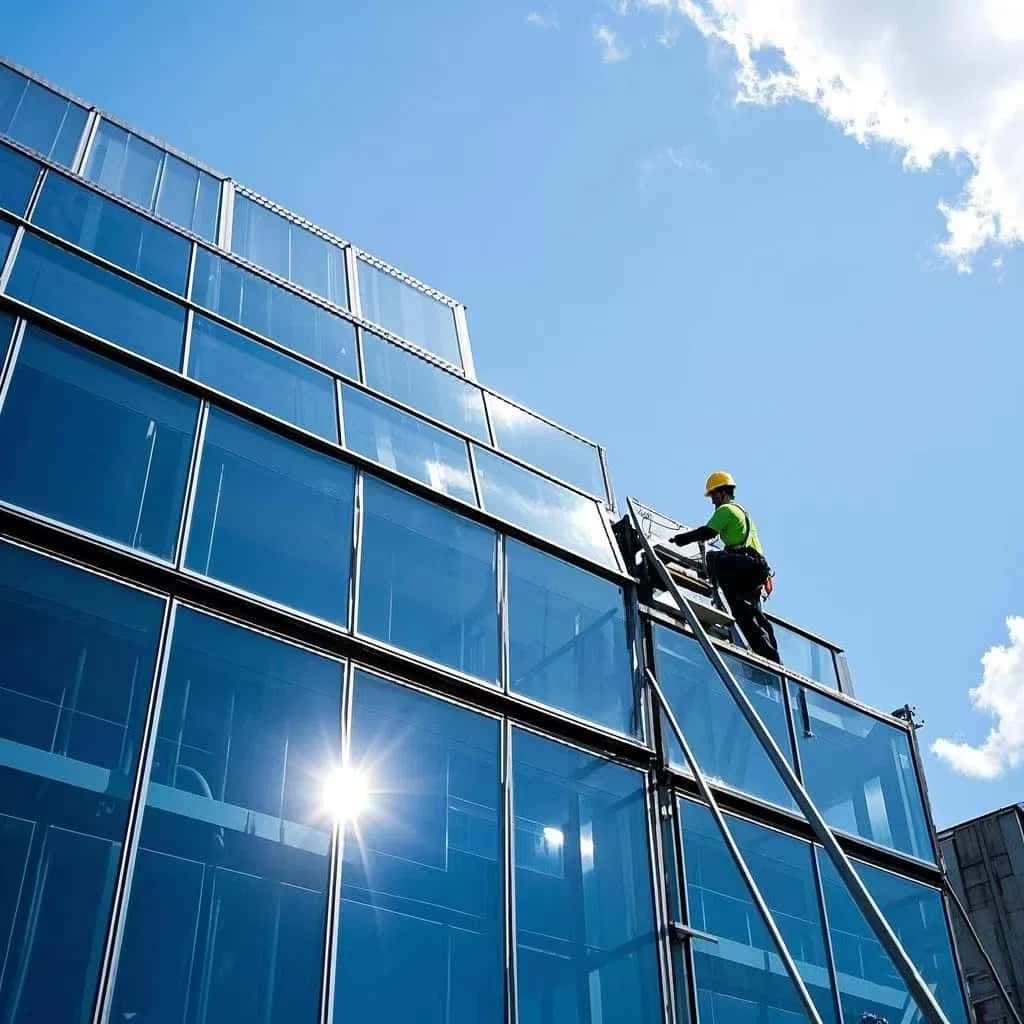
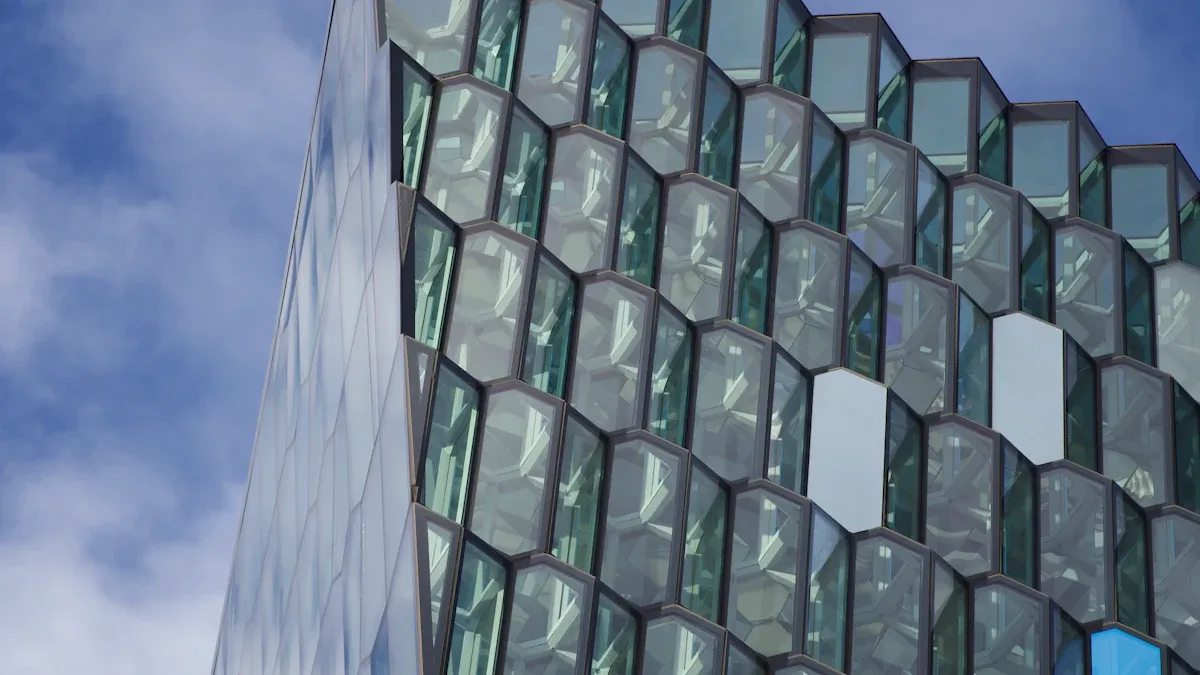
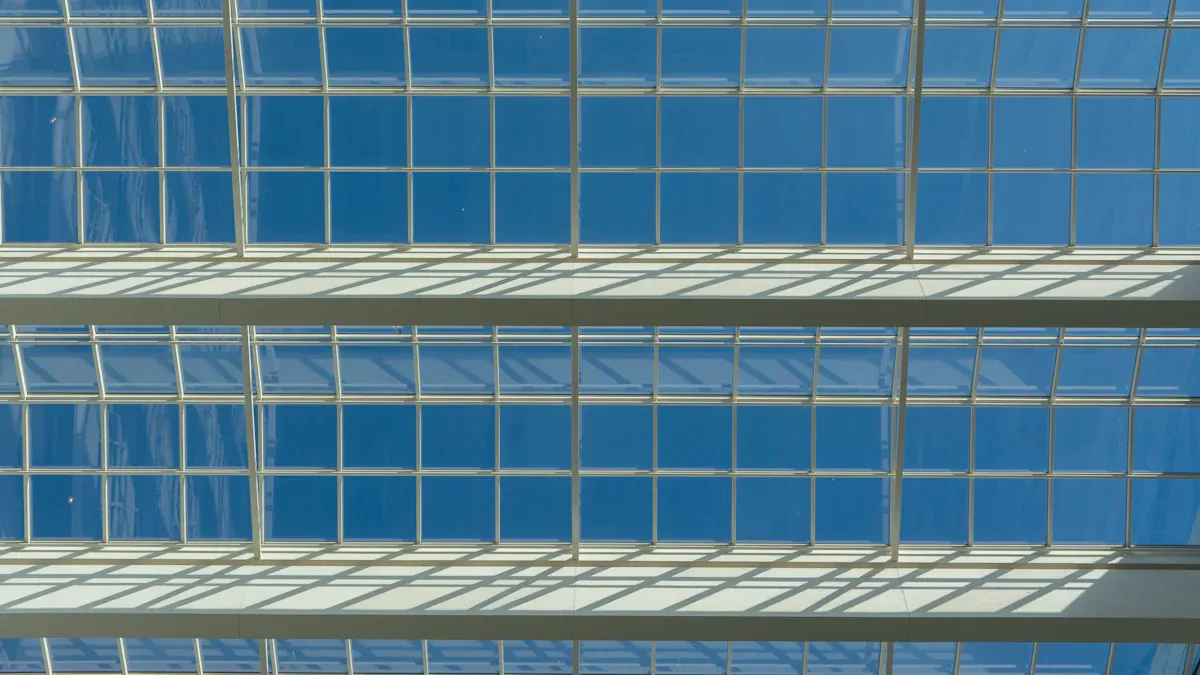
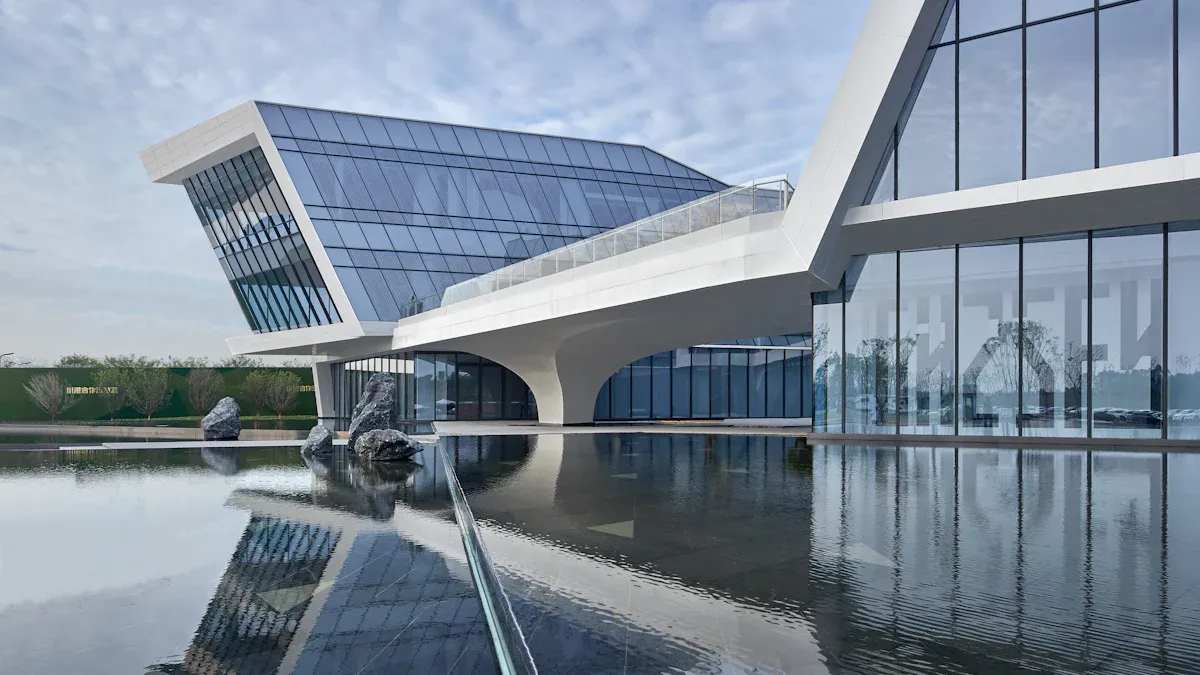
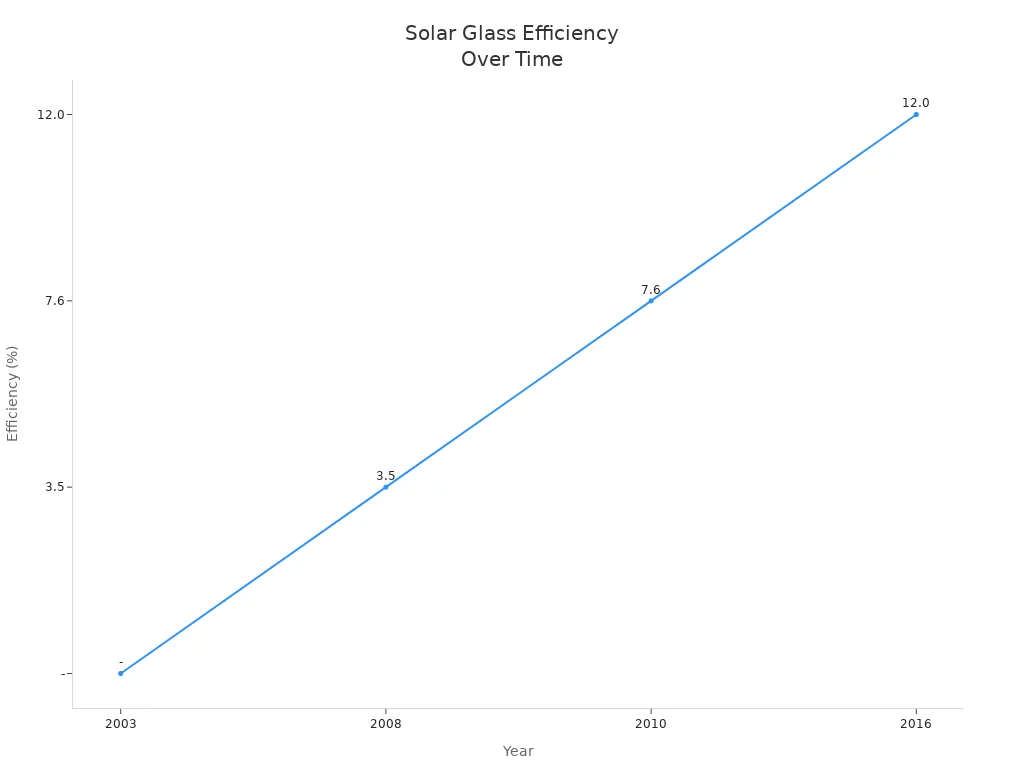

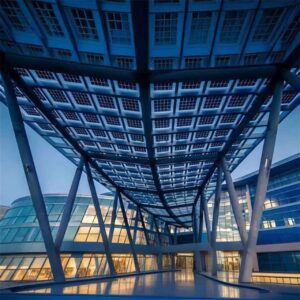
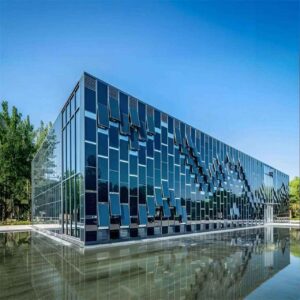
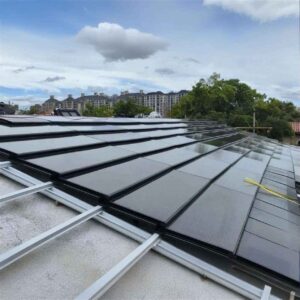
-300x300.jpg)
-300x300.jpg)
